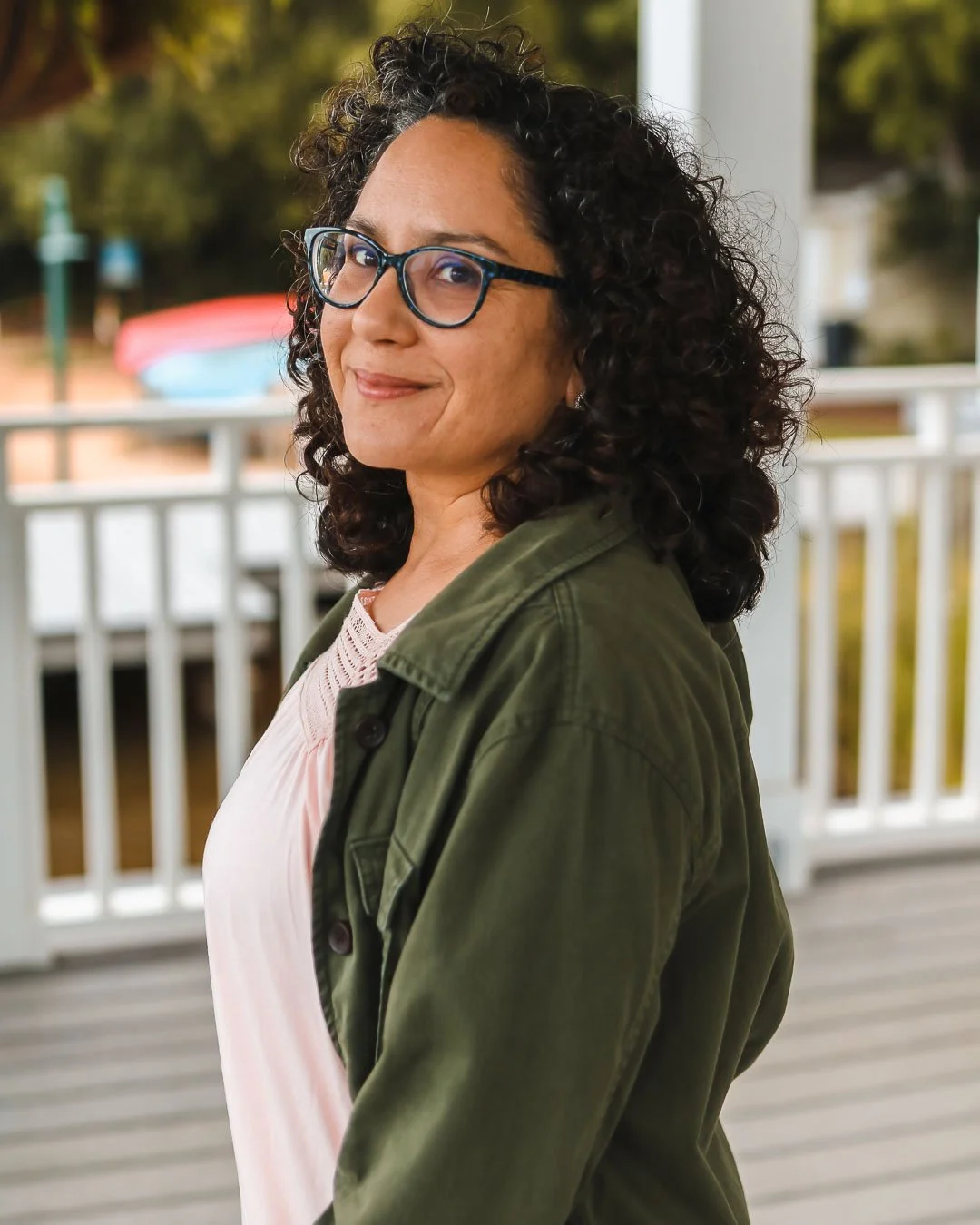Chuckles and Fine Dining
Michelle DeLiso
Chuckles
A package of Chuckles is no joke. I love Chuckles and I don’t. That five-flavored strip of jelly candies sates my sweet tooth and scorns my penchant for order.
Open the package from the left or right, the flavors are misaligned. To eat them in their preordained sequence incites palatal unrest. Left to right sits cherry, lemon, licorice, orange, and lime. First, cherry’s deep clove courts the tongue, promising a cascade of sweetness. But when lemon’s lightness recalibrates tastebuds to tanginess, it tastes like deceit. Lemon’s efforts are pointless anyway given the impending coup of licorice, a flavor that should signal a meal’s completion or at least the close of an amuse-bouche. But no. It appears dead center, prematurely anesthetizing the mouth with its opacity, numbing the gums to a wasteland that orange struggles to revitalize. Her citrusy optimism dies a bright death in an antiseptic valley. Lime, in the end, releases its piney freshness, but is powerless against the palimpsest of licorice.
I could eat Chuckles right to left, but the faulty order is palindromic. Start with lime, clean and clear. Next, orange has a fighting chance to flaunt its musky spiciness. Alas, the dense anise essence of licorice devastates. In its wake, lemon tastes like gelatinous nothing, and the cherry caboose registers as a mistake. I could empty the package and reorder the nuggets to my proper palatal order: lemon, lime, orange, cherry, and licorice. But then I’d have to dust the sugar off my dark clothes and that’s just too much work. Chuckles have become a distressing indulgence. Now I prefer Snickers. Open a bar from the left or the right, and everything is aligned.
Fine Dining
Nana’s arroz con gandules, pasteles, and platanos were fixtures, not delicacies. But when she needed a break from preparing Puerto Rican fare, she slid Swanson TV dinners into her seventies-era wall oven. Those airline-esque meals were edible (or so I thought when I was ten). The problem was watching Papa eat them.
Papa was from Algeria, land of couscous, lamb, and tajines. He grew up under colonial rule and with a growling belly. He lunched on soldiers’ scraps—they did not include tajines.
In their lilliputian kitchen, Papa ate whatever Nana served, including Swansons. He dined stoically, a strong-jawed man with a fork. I’ll never know if it was palatal preference or his failing eyesight that led him to blend the contents of a frozen dinner’s separate compartments. He’d shunt the pea-carrot medley into the mashed potatoes or turn chunks of meatloaf into the trapezoid of corn—customary cocktails. It was his treatment of dessert that killed me.
The first time I caught him dislodging a square of cherry pie before touching the main course, I figured he was opening with dessert simply because a grown-up could. But no. His callused, eighty-something hand gripped his tined weapon, freed the cherry pie, and flipped it straight into the gravy-soaked turkey. The potatoes and peas suffered the same fate. He swirled everything together and ate it like a stew.
One Swanson night, Nana served Papa a tray. I steeled myself for his dessert massacre as Nana set a tin in front of me.
“I don’t want that today,” I said, frowning into the Salisbury steak.
Papa kept his eyes on his mishmash and muttered to Nana in his guttural English.
“She doesn’t want that, give her nothing.”
Nana reached over to take back my TV dinner. I pulled it close to my chest, picked up my fork, and ate.
Michelle DeLiso
Michelle DeLiso’s past lives include being a reference librarian, magazine research editor, and writing instructor for kids. Now, she evaluates creative nonfiction manuscripts and copyedits for the literary magazine Months To Years. Her work has appeared in Hippocampus Magazine, Clackamas Literary Review, and Drunk Monkeys. She loves promo codes and the Oxford comma. She lives and writes in North Carolina.

